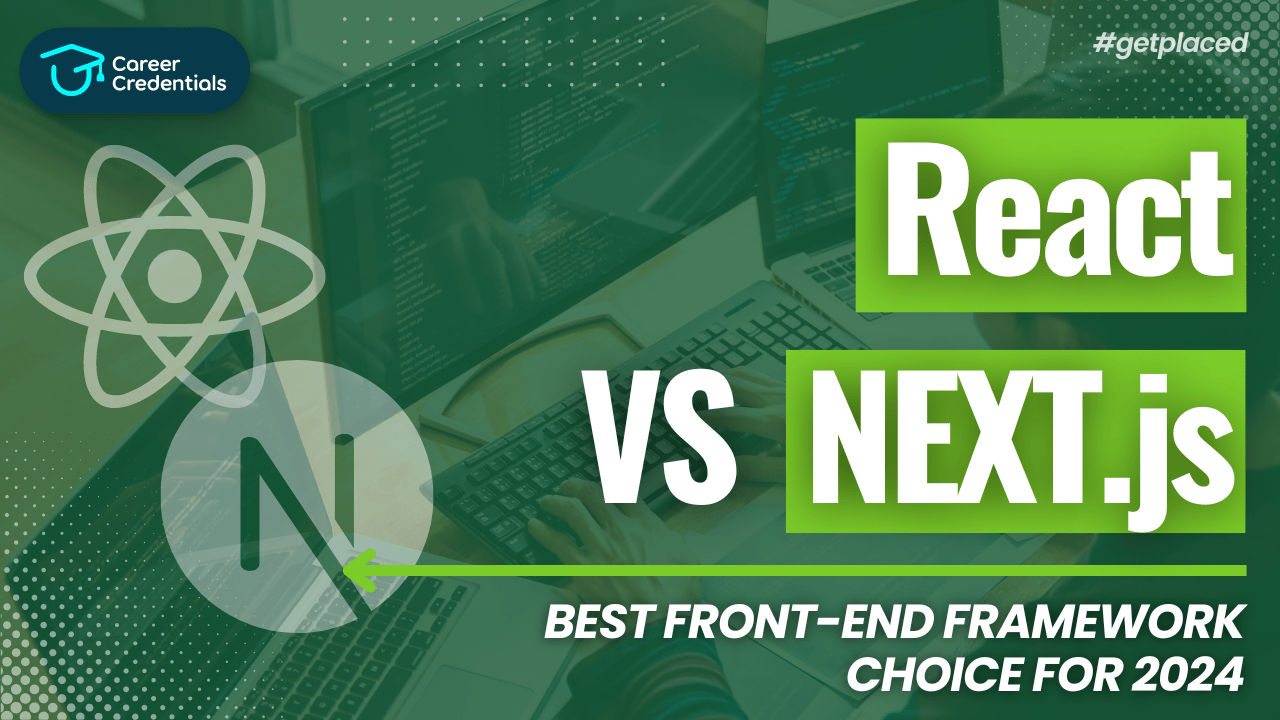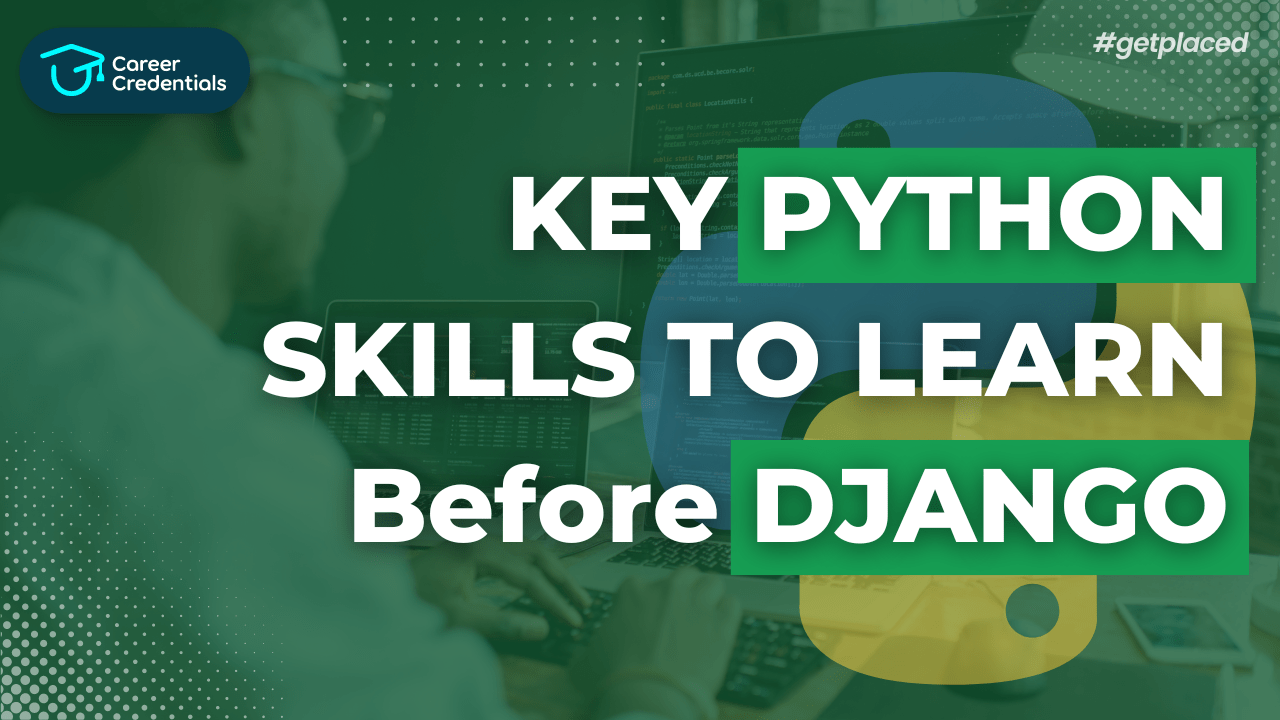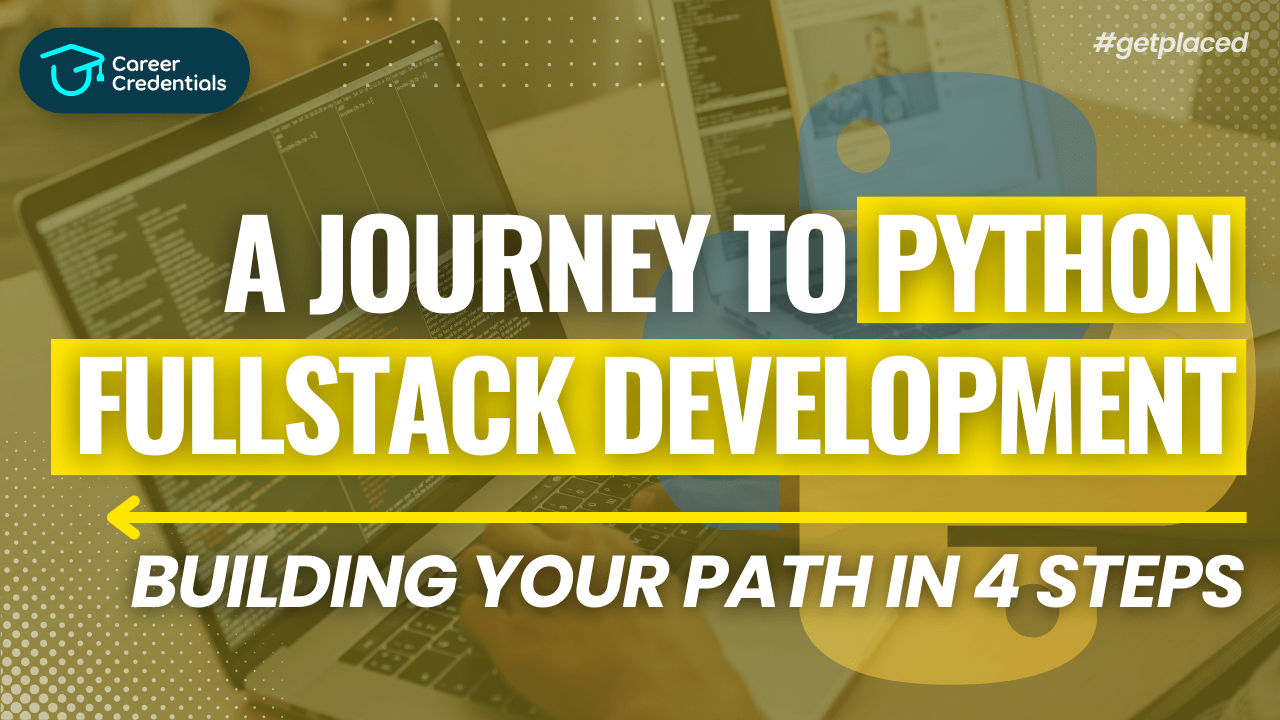React vs Next.js: Best Front-End Framework Choice for 2024

Introduction
In the ever-evolving landscape of web development, JavaScript reigns supreme as an essential tool for creating scalable and interactive websites. Every skilled web developer must have a firm grasp of JavaScript, as it is crucial for building robust web applications. However, the challenge often lies in choosing the right JavaScript framework to use. As we step into 2024, the debate between Next.js and React remains at the forefront. Is Next.js the new sensation, or is sticking with the popular React framework the best option? Let's delve into this comparison and help you make an informed decision.
The Significance of Modern Technology in Web Development
The continuous evolution of technology plays a vital role in different fields, particularly in software development. Programmers enjoy the convenience of modern technology iterations, which allow them to update their skills and meet client demands effectively. Business owners seeking to build scalable and interactive websites often turn to skilled developers from top web app development companies to deliver top-notch user experiences.
Next.js and React are two pivotal frameworks in the JavaScript ecosystem. This blog aims to provide a detailed comparison to guide you in choosing the best front-end framework for your projects in 2024.
What is Front-End Development?
Front-end development involves creating a website's user interface (UI/UX design). It focuses on enhancing the visual appeal and navigability of a website. For instance, when you search for an online store to buy kitchen utensils, the website’s features like the cart button, menu, and blog links are all developed by front-end developers. Mastery of HTML, CSS, and JavaScript is essential for these developers. In this blog, we will focus on JavaScript, specifically using Next.js and React as case studies.
Check Out: Frontend Roadmap by Career Credentials for FREE!!
Next.js: What is it All About?
Next.js is an open-source JavaScript framework that leverages React to perform its operations. Created by Vercel and launched in 2016, Next.js distinguishes itself with its fast-paced performance and unique features. Big tech companies like Starbucks, Uber, X (formerly Twitter), and Netflix use Next.js due to its expansive capabilities.
One of the standout features of Next.js is server-side rendering (SSR), which allows for generating new HTML on request, unlike React. Additionally, Next.js has automatic code splitting, which enhances page load speed by loading only the necessary JavaScript pages, thus saving time and improving the user experience.
Pros of Next.js Framework
- Enhanced Performance: Next.js includes features like server-side rendering and static site generation that boost performance. The SSR capability allows for immediate execution of requests, making the framework ideal for creating Minimum Viable Products (MVPs).
- Excellent User Experience: Next.js simplifies the design of user-friendly web apps, aligning with business objectives to create less complicated and more intuitive user interfaces.
- Image Optimization: The framework automatically resizes and compresses images, saving time and effort for developers. A loading spinner is displayed while images load, enhancing user engagement.
- In-Built CSS Support: Next.js supports CSS stylesheets without the need for additional libraries, allowing developers to use code-splitting and server-side features seamlessly.
- SEO-Friendly: Next.js uses a static site generator, which makes its web pages SEO-optimized, leading to higher rankings on search engines like Google.
Cons of Next.js Framework
- Small Community: Compared to React, Next.js has a smaller community, which can result in fewer learning resources and less community support.
- Routing Challenges: Frequent route changes in Next.js can make pages heavier and harder to maintain, potentially complicating some projects.
- Expertise Required: Building applications with Next.js requires a certain level of experience. The learning curve can be steep for developers unfamiliar with its workings.
What is React?
React is one of the most popular front-end libraries, often referred to as a framework, although it is more accurately a library for building user interfaces. Developed by Facebook and launched in 2013, React was created to address performance issues and enhance user experiences amid growing user engagement on the social network.
React revolutionized web development by introducing Single-Page Applications (SPAs), which load immediately after capturing the URL, thanks to client-side routing. This approach eliminates the need to wait for server responses for each page load, significantly improving performance.
Check Out: React Roadmap By Career Credentials for FREE!!
Pros of React Library
- Large Community: React boasts a vast community of developers, providing extensive resources, tutorials, and support.
- Reusable Components: React allows developers to create reusable components, streamlining the development process by reusing code across different parts of the application.
- Customization: Tools like Redux enable developers to customize their applications efficiently.
- SEO-Friendly: React's server-side rendering capability makes it suitable for SEO, enhancing the visibility and ranking of web applications on search engines.
- Ease of Use: React is relatively easy to learn and use, with abundant resources available for developers of all skill levels.
Cons of React
- Complex Documentation: The extensive resources available for React can make documentation overwhelming and time-consuming to navigate.
- Re-Rendering Issues: Unexpected changes can cause React to re-render, slowing down the development process.
- Rapid Growth: React's continuous evolution requires developers to stay updated with its latest features, which can be challenging.
Comparing Next.js to React
In 2024, making a prudent decision about your project involves an in-depth comparison of Next.js and React based on several key metrics.
1. Documentation
- Next.js: Offers detailed "learn-by-doing" lessons with comprehensive information on components and their integration.
- React: Provides extensive learning exercises covering essential information, though the sheer volume can be daunting.
2. Configuration
- Next.js: Offers easy and straightforward configuration.
- React: Limited support for configuration unless disconnected from the Create React App (CRA).
3. Developer Community
- React: The larger community provides quick solutions, extensive resources, and continuous support.
- Next.js: While the community is growing, it remains smaller compared to React.
4. Performance
- Next.js: Excels in performance with features like server-side rendering, image optimization, and code splitting.
- React: Primarily supports client-side rendering, which may not match Next.js's speed.
5. Development Cost
- Both Next.js and React are open-source, making development cost-effective for both frameworks.
6. API Integration
- Next.js: Supports API routes for sending requests during projects.
- React: Does not inherently support API integration, requiring additional tools.
Which is the Best Framework for Your Project?
Choosing between Next.js and React depends on your specific project needs, objectives, and preferences. Here are some general guidelines:
- React: Ideal for online streaming platforms, social media platforms, SaaS tools, and delivery apps.
- Next.js: Best suited for high-performing, user-friendly web pages, such as e-commerce sites, blogs, marketing sites, and landing pages.
Final Note
React and Next.js are powerful and versatile JavaScript frameworks. As a developer, your choice should be guided by the nature of your project and your development goals. For entrepreneurs, hiring expert developers from top React or Next.js development companies can help build scalable and intuitive websites tailored to your business needs.
Enroll Now: App Building using Python by Dr. Amar Panchal and master the skills to create applications effortlessly.
FAQs
1. Which framework has the best features – React or Next.js?
Choosing the right JavaScript framework depends on various factors, including the type of project and specific requirements. Refer to this blog for detailed insights to guide your decision.
2. Are Next.js and React the same?
No, they are not. While both are JavaScript frameworks, they have different functionalities and are suited to different types of projects.
3. Should I learn React or Next.js as a developer?
Both technologies are promising and widely used. Your choice should depend on your project requirements and personal preferences.
4. Does React support server-side rendering?
No, React primarily uses client-side rendering, although it can be combined with Next.js for server-side rendering capabilities.
By carefully considering the strengths and weaknesses of both frameworks, you can make an informed decision that best suits your project's needs in 2024.
Confused About Your Career?
Don't let another opportunity pass you by. Invest in yourself and your future today! Click the button below to schedule a consultation and take the first step towards achieving your career goals.
Our team is ready to guide you on the best credentialing options for your aspirations.
Let's build a brighter future together!
Empower Yourself. Elevate Your Career at Career Credentials Where Education meets Ambition.


